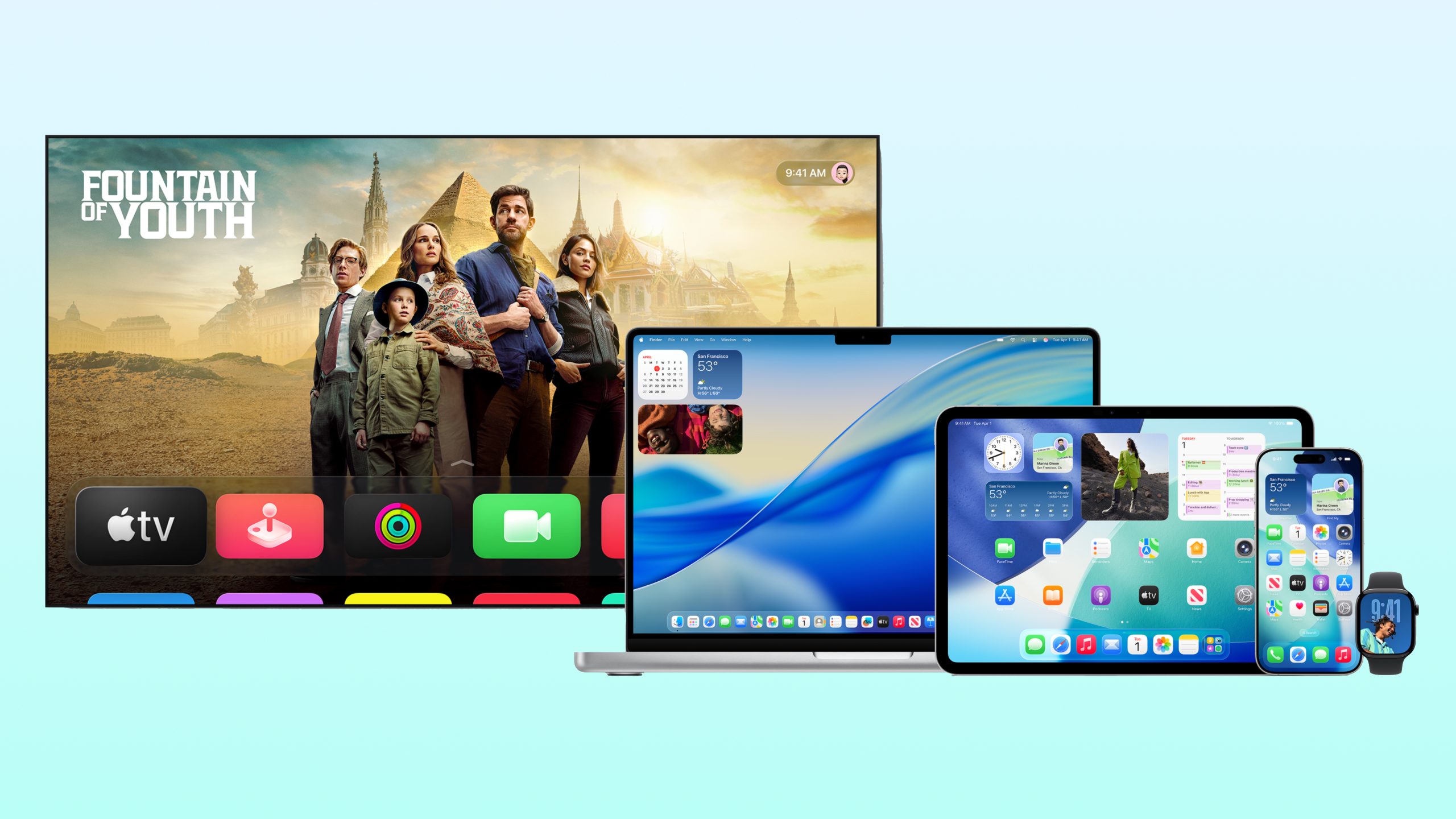At the Worldwide Developers Conference (WWDC) 2025, Apple unveiled its latest software updates, including iOS 26, iPadOS 26, watchOS 26, macOS 26 Tahoe, tvOS 26, and visionOS 26, all of which are currently available for developer beta testing. Among the enhancements, several features appear to draw inspiration from Android and Wear OS, with some even retaining their original names.
Many iPhone users may find satisfaction in seeing features that Android aficionados have enjoyed for years now making their way to iOS. The WWDC 2025 keynote showcased Apple adopting popular tools from the Android ecosystem like Gemini Live and Circle to Search. Let’s explore how iOS 26 and watchOS 26 echoed the functionalities of Android 16 and Wear OS 6 this year.
Visual Intelligence, Apple’s take on Gemini Live, now includes live streaming capabilities that were initially limited to camera functions in iOS 18. With iOS 26, this feature will enable access to the user’s iPhone screen, facilitating actions such as locating information online or adding events to a calendar based on what is displayed on the screen. This closely resembles Android’s existing functionalities that allow users to share their screens and engage in natural conversations about the content.
In messaging, iMessage is adopting elements inspired by WhatsApp. With iOS 26, users can now set custom backgrounds for their conversations and even create these backgrounds using AI through the Image Playground feature. Historically, WhatsApp has offered customizable chat themes on both iOS and Android. While iMessage users may enjoy some new personalization options, they will still be limited by the blue and green conversation bubbles.
Apple’s new phone call features, Call Screening and Hold Assist, are also noteworthy. These tools will help users filter unknown calls, mirroring similar functionalities found in Google’s Pixel phones since the Pixel 4 launch in 2019. Hold Assist will notify users when it’s their turn to take control of an ongoing call, duplicating a feature that has been available on Pixel devices for several years.
One of the most intriguing developments is Liquid Glass, Apple’s new design philosophy for its software products in 2026. This approach follows Google’s earlier introduction of the Material 3 Expressive UI for Android 16, designed to enhance user experience through vibrant aesthetics. Both companies aim to innovate mobile user-interface design, albeit with distinctly different visual results.
Another feature being added to watchOS 26 is the wrist flick, intended to dismiss notifications. While this might appear innovative, it mirrors the Shake to Dismiss functionality from Samsung’s Galaxy Watch 7, which also offers more versatile gesture options.
Apple Maps is getting an update with the Visited Places feature, which will allow users to track locations they’ve visited, incorporating end-to-end encryption for privacy. This bears a striking similarity to the Google Maps Timeline feature that has been available for years, providing insights into users’ travel habits and routes.
Lastly, iOS 26 will introduce real-time translation for calls, messages, and media. Despite being a welcomed addition for iPhone users, it mirrors functionalities offered by Android and Samsung’s Live Translate features for quite some time.
While Apple is making strides in enhancing its offerings, it’s evident that many of these features have long been part of the Android experience. As the competition continues, iPadOS 26 showcases significant advancements in window management and productivity that put pressure on Android tablets to keep pace.

